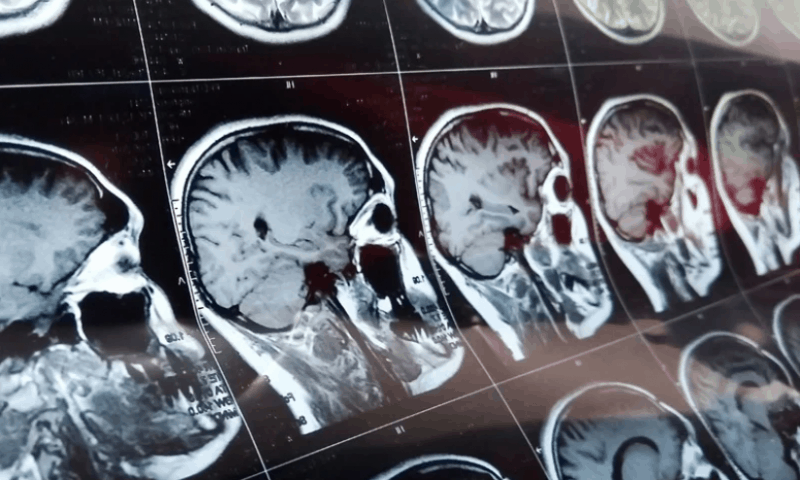An international team led by scientists at Aston University in the United Kingdom may have found a new use for the old antipsychotic trifluoperazine, a conventional schizophrenia treatment.
By changing the behavior of tiny protein pores in our cells called aquaporin-4 (AQP4), trifluoperazine (TFP) could stop the influx of water in the central nervous system that contributes to swelling of the brain or spinal cord after traumatic injuries or stroke, the team described in a new study published in Cell.
A single dose of TFP helped injured rats recover sensory and motor functions, the researchers showed. They argued that TFP represents a promising agent to treat brain and spinal cord injuries and that the findings could guide the development of new drugs for CNS edema.
As a result of traumatic brain injury, the CNS system quickly loses oxygen and cells become “saltier” due to a build-up of ions. This leads to a sudden influx of fluid, causing brain swelling, or edema. As pressure mounts, CNS edema can cause serious problems such as brain and spine tissue damage, disruption of the transmission of electrical signals between the brain and the body, and in severe cases, death.
The water channel protein AQP4, expressed in star-shaped cells called astrocytes, mediates the movement of water across the blood-brain barrier. So, the Aston University-led team focused its research on astrocytes and AQP4.
Flowing traumatic injury, AQP4 expression levels normally rise and relocate to cell-surface membranes after interaction with another protein called calmodulin, the team showed. As a result, the membranes become more permeable to water.
One of the proposed mechanisms of action of TFP is its ability to bind to calmodulin and inhibit its function. In the animal trial, rats that got TFP at a dose approximately equivalent to its licensed dose in humans showed significant improvements in sensory and motor functions in as little as two weeks, while control rodents continued to show major deficits after six weeks, the team reported.
Traumatic brain and spinal cord injuries affect about 60 million people globally each year, but so far countermeasures are limited to risky surgery or induced coma. Multiple research groups have taken different approaches to address the problem.
A group of scientists at the New Jersey Institute of Technology recently developed a self-assembling peptide hydrogel to regenerate blood vessels and improve neuronal survival in brain tissue. Bioengineers at the University of California, San Francisco, and the University of Washington designed an artificial protein, which they said can fine-tune inflammation levels in the brain to maintain just enough to ensure proper healing after traumatic injury. And a UT Southwestern team suggested that dialing up the expression of the LZK gene in astrocytes could lead to a smaller scar from spinal cord injuries and hence more effective recovery.
Because TFP has been licensed for use in people for many years, the Aston University-led team argues it can be quickly advanced into clinical testing for CNS edema. “By using a drug already licensed for human use, we have shown how it is possible to stop the swelling and pressure build-up in the CNS that is responsible for long-term harm,” Roslyn Bill, the study’s senior author, said in a statement.

